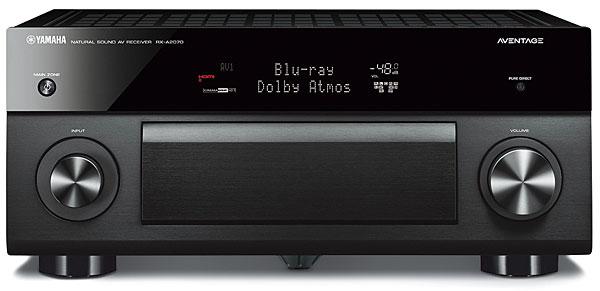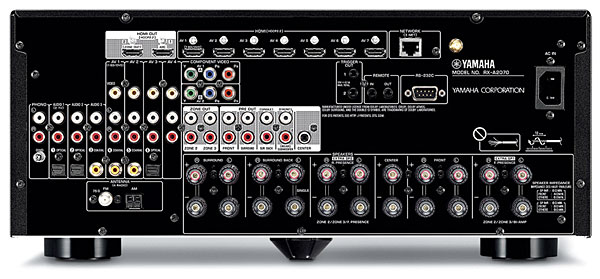Why no discussion of reliability in these receiver reviews? There's information out there in industry publications and reliability studies you but the public doesn't generally have access to.
We spend thousands of dollars on these things. Onky and Integra, plus Denon, Marantz and Pioneer experience high HDMI issue failure rates. NOT ONE SENTENCE FROM YOU PEOPLE ON THIS. You pimp this stuff, we read it without knowing underlying issues that you--Sound and Vision and other media--most certainly have information about. Frankly you people are complicit at this point along with those companies manufacturing shoddier equipment.
For the record Yamaha's build quality is supposed to be quite good, one reason I've now switched to them. Not a word of advice from you, the very people we rely on for reviews and input.








































































